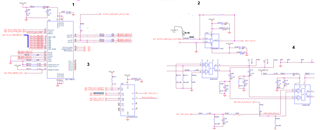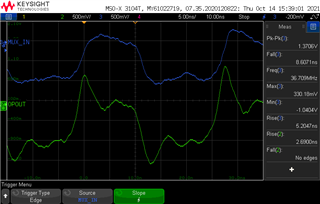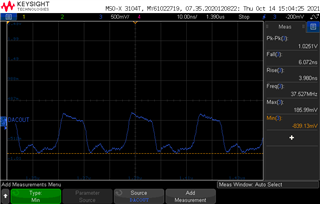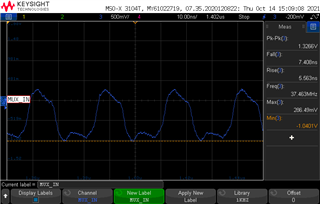Other Parts Discussed in Thread: THS3217, THS3491, THS3062
Hi,
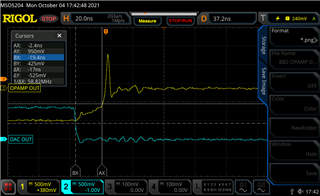
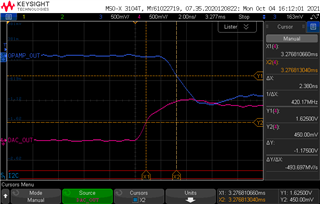
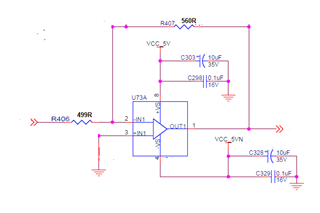
We are using THS3092 op-amp part in our design as inverting amplifier configuration.
Attached schematics shows op-amp configuration used in design.
Input of op-amp given from DAC output and its voltage ranges between 0 to 1V.
When input of op-amp switching from low to high observed normal output.
But when input of op-amp switching from high to low at op-amp output seeing glitch also output having around 20nS rise time.
Also attached oscilloscope image of the op-amp input and output side captured during input high to low and low to high condition,
Kindly provide any solution to remove this glitch.
Note: Output of op-amp connected to 50ohm load.
Regards,
Vinayak Arkachari


